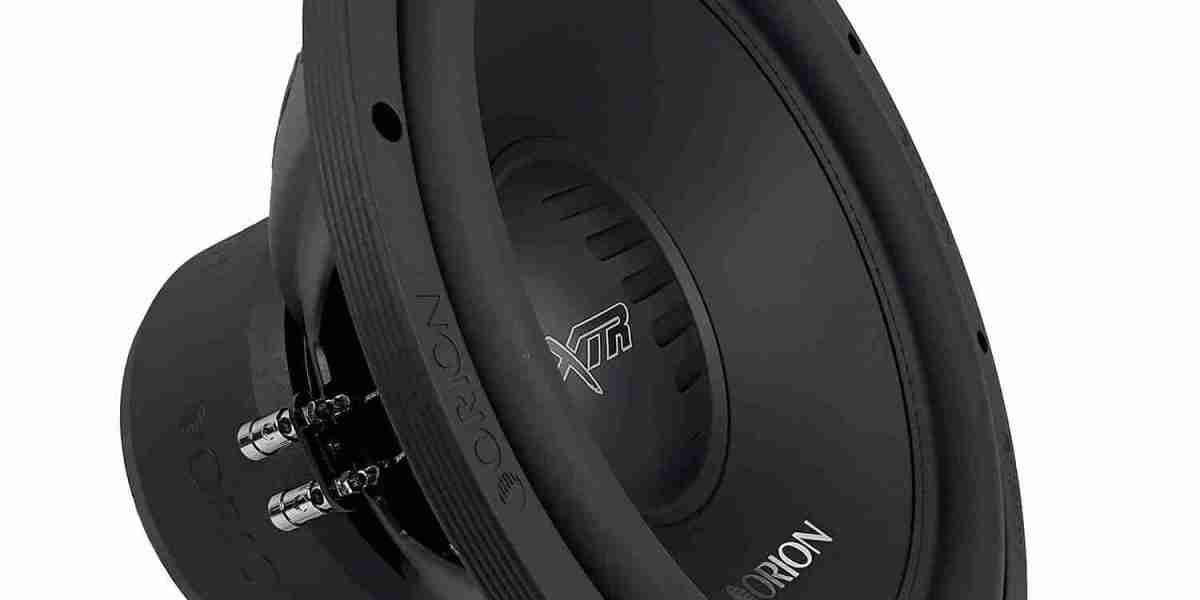Why Subwoofer-Amplifier Matching Matters
A subwoofer is a speaker, and like any speaker, it needs power. The amplifier provides that power, but not all amps and subs are compatible. Matching them incorrectly can lead to poor sound quality, overheating, or even permanent damage to your equipment.
The goal is to deliver just the right amount of clean, distortion-free power to your subwoofer so it performs to its full potential—no more, no less.
Step 1: Understand RMS vs Peak Power
When matching a subwoofer to an amplifier, ignore the peak wattage. That number only refers to brief bursts of power and doesn’t reflect what your system can handle continuously.
Focus on RMS (Root Mean Square):
RMS power rating (subwoofer): The amount of power your sub can handle continuously
RMS output (amplifier): The amount of power your amp can supply consistently
Correct pairing means matching the amp’s RMS output to the subwoofer’s RMS handling—ideally within 10–15% for safe, reliable performance.
Step 2: Match Impedance (Ohms)
Subwoofers have specific impedance ratings, usually 2 ohms or 4 ohms, and sometimes dual voice coils for wiring flexibility.
Your amplifier should be stable at the subwoofer’s impedance and capable of producing the required RMS power at that load. Misaligned impedance can result in:
Reduced power output
Amplifier overheating
Speaker damage
Example:
If your subwoofer is 600W RMS at 2 ohms, your amp should output 600W RMS at 2 ohms—not at 4 ohms or 1 ohm unless designed to do so.
Step 3: Determine Amplifier Type
There are two main types of amplifiers used for subwoofers:
1. Monoblock Amplifiers
Designed for subwoofers, these amps are efficient, powerful, and often stable at lower impedances.
Ideal for one or more subwoofers
Great for low-frequency reproduction
Often include built-in low-pass filters
2. Multi-Channel Amplifiers
Used when powering subwoofers and full-range speakers from the same amp.
Good for compact setups
Less power per channel
Usually not optimized for deep bass
For serious bass systems, a dedicated monoblock amp is the superior choice.
Step 4: Consider System Balance
Matching sub and amp power is essential—but equally important is how your sub blends with the rest of your system. Bass should complement, not overpower.
This is where midrange drivers like the m61se come into play. While we’re not diving into the technical specs here, the m61se is a good example of how accurate mids contribute to tonal balance—especially when paired with a tight subwoofer and properly tuned amplifier.
A balanced system:
Offers clean transitions between frequencies
Prevents the “boomy bass, weak vocals” problem
Feels immersive rather than aggressive
Step 5: Tune Your System Properly
Even the best sub and amp pairing can sound off without proper tuning. Use a digital sound processor (DSP) or your amplifier’s onboard EQ to:
Set gain properly (not too high)
Use low-pass filters to restrict frequencies above 80–100 Hz from reaching the subwoofer
Use bass boost sparingly to prevent distortion
Adjust phase to ensure the sub blends smoothly with your front stage
If you're running midrange drivers like the m61se alongside your sub, tune crossovers carefully to create a smooth transition from low bass to vocals and instrumentation.
Bonus Tips: Wiring and Enclosure Considerations
1. Use Quality Wiring
Underrated but crucial. Poor wiring can bottleneck power flow and introduce noise. Use the proper gauge wire based on your amp's power draw.
2. Subwoofer Enclosure Matters
The type of box (sealed vs ported) affects how your subwoofer performs, even with a perfect amp match.
Sealed: Tighter, more accurate bass
Ported: Louder, deeper bass at lower frequencies
Choose based on your musical preference and space limitations.
Common Mistakes to Avoid
Overpowering the subwoofer: More isn't always better. Excessive wattage can blow your sub or create distortion.
Underpowering the subwoofer: Using too little power can cause your amp to clip, sending a distorted signal that damages the speaker.
Skipping gain setting: “Maxing out” gain is not the same as increasing volume. Improper gain setup leads to poor audio and equipment stress.
Ignoring enclosure compatibility: A mis-matched box can negate even the best amp/sub combo.
Final Thoughts: Build for Balance, Not Just Bass
Powerful bass is impressive, but clarity and balance are what create a truly enjoyable sound system. Matching your subwoofer with the right amplifier ensures you’re getting optimal performance, efficiency, and reliability.
Whether you're running a simple setup or building a competition-grade system, always start with proper power pairing. And remember, your sub is only one part of the puzzle. Combine it with high-quality mids like the m61se, and your sound system becomes more than just loud—it becomes articulate, musical, and immersive.
Because great car audio isn’t just about power—it’s about harmony.



